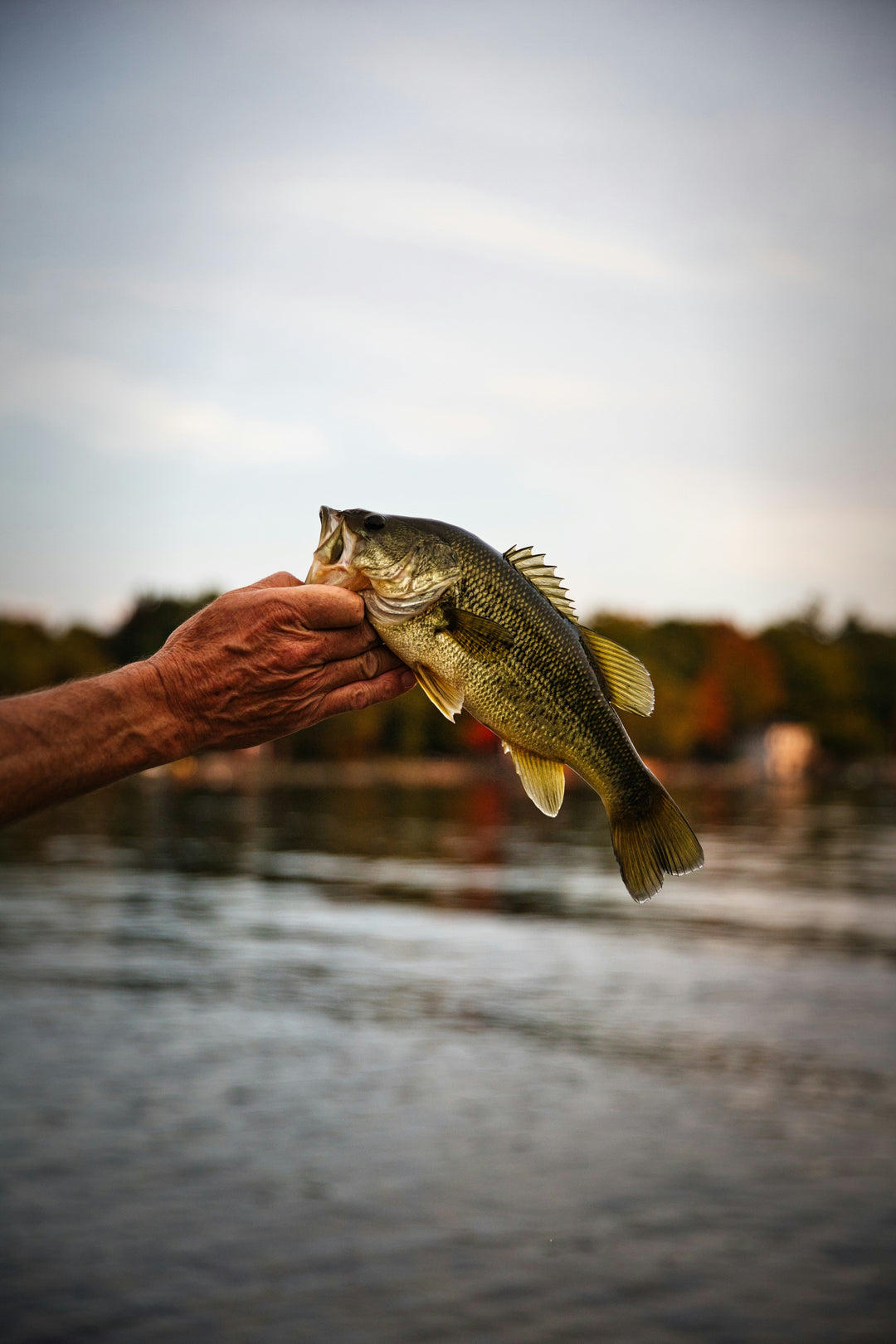Catch and Release Techniques for Backcountry Anglers
As a seasoned backcountry angler with over two decades of experience, I’ve learned that true adventure fishing is about more than just the catch — it’s about preserving the wild waters we love.
In this guide, I’ll share proven catch and release techniques tailored for hikers and backpackers using minimal gear, ensuring we protect pristine fishing spots for generations to come..

Why Catch and Release Matters in the Backcountry
Catch and release isn’t just good practice — it’s vital for sustaining healthy fish populations, especially in fragile, remote ecosystems.
Over the years, I’ve seen firsthand how proper technique can make the difference, particularly in high-altitude lakes and streams where fish are more vulnerable due to harsh conditions and limited resources.
Every fish we release carefully strengthens these delicate ecosystems.
Essential Gear for Responsible Catch and Release
1. Barbless Hooks
One of the most important aspects of catch and release fishing is the use of barbless hook. I've found that switching to barbless hooks not only makes releasing fish easier but also significantly reduces the chance of injuring the fish in the process.
Some will argue the use of barbless hooks lead to more lost fish, but in my experience, using good technique and keeping steady tension on the line prevents any noticeable difference compared to barbed hooks.
Pro Tip: If you only have barbed hooks, you can pinch the barb down with pliers before heading out.
2. Rubber Mesh Landing Nets
A portable rubber mesh landing net protects a fish’s slime coat far better than nylon versions. I pack a collapsible net that easily clips to my backpack — lightweight, durable, and fish-friendly.
Check out our collapsible CarryNet™ with fish friendly rubber.

3. Long-Nose Pliers or Hemostats
A pair of lightweight aluminum pliers or hemostats makes hook removal quick and gentle.
Less handling = better fish survival rates. Essential gear, especially when every ounce counts on the trail.
4. Fish-Friendly Handling Gloves
Wet hands are always best when handling fish, but in cold mountain streams, a pair of fish-friendly gloves can be a game-changer. Look for gloves made from a smooth, non-absorbent material that won't remove the fish's protective slime. I've found these particularly useful during long days of fishing in chilly alpine lakes.
Proper Catch and Release Techniques
Playing the Fish
When practicing catch and release, how you play the fish is just as important as the release itself. I always advise fellow anglers to:
- Use the appropriate tackle to minimize fight time
- Keep the fish in the water as much as possible during the fight
- Avoid playing with the fish to complete exhaustion
Remember, a fish that's too tired may not survive even if released properly.
Handling and Unhooking
Proper handling is crucial for the fish's survival. Based on my experience:
- Wet your hands before touching the fish to protect their slime coat- Support the fish's body horizontally and avoid squeezing
- Use pliers or hemostats to quickly remove the hook
- If the hook is deep, cut the line close to the hook instead of trying to remove it
The Release
The moment of release is critical. Here's what I've learned works best:
- Hold the fish gently in the water, facing upstream if in a river
- Allow it to recover and swim away on its own
- If the fish is struggling, gently move it back and forth to pass water over its gills
- Be patient – a proper release might take a few minutes, but it's worth it for the fish's survival

Conservation Considerations Beyond Catch and Release
While proper catch and release techniques are crucial, true conservation goes beyond just how we handle fish. As backcountry anglers, we have a responsibility to protect the entire ecosystem. This includes:
- Staying on designated trails to prevent erosion
- Properly disposing of any waste, including fishing line and packaging
- Respecting fishing regulations and limits, even in remote areas
- Reporting any signs of pollution or ecosystem damage to local authorities
Educating Fellow Anglers
One of the most impactful things we can do as experienced backcountry anglers is to educate others. I've found that most people are receptive to learning about conservation when approached with respect and enthusiasm. Share your knowledge, lead by example, and don't be afraid to politely correct harmful practices when you see them.
Conclusion: The Future of Backcountry Angling
After years of fishing in some of the most remote and beautiful locations, I'm more convinced than ever of the importance of responsible catch and release practices. By using minimal, fish-friendly gear and employing proper techniques, we can ensure that the joy of backcountry angling will be available for future generations.
Remember, every fish we release is a gift to the ecosystem and to future anglers. Let's make sure we're giving those fish the best possible chance at survival. Happy trails and tight lines!






Leave a comment